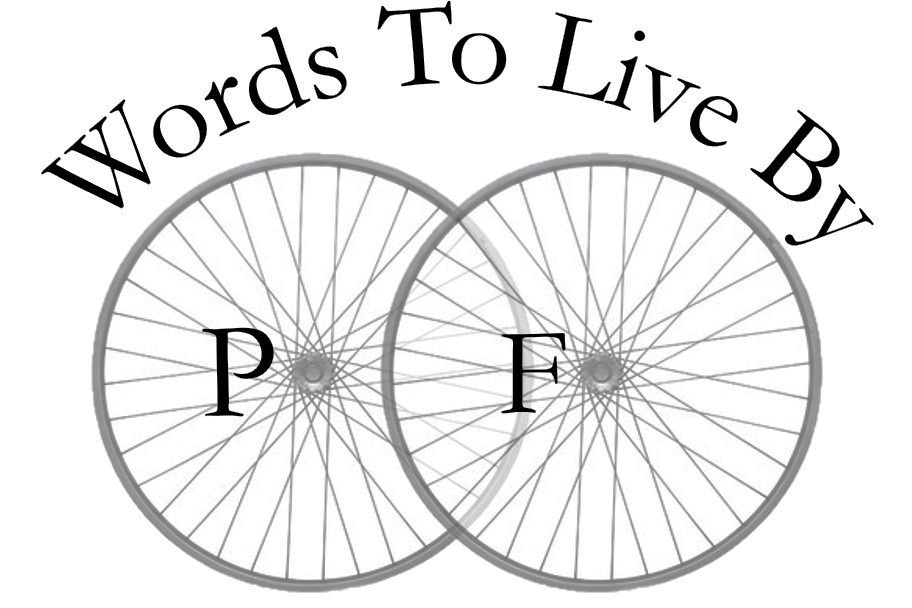Mappening now
Maps direct the future and reflect the past.
Maps deliver me to a destination I have never visited, whether it’s a campsite along a creek in the middle of 12,000 acres of designated wilderness on the tumbling edge of the Ozarks Plateau, a county road loop ride touching three county seats, or a multi-state drive into a big-city downtown. For those outings, respectively, I rely on a topographic quadrangle map, a county highway map, and a (gasp) satellite-guided electronic navigation app.
That’s how maps project me from the now into the future. But they’re remarkably versatile, these maps, with powers to create a vivid simulacrum of the past, of my life.
A single 7.5 minute, 1:24,000 topo map both charts the way forward into a time ahead, but also points to memories locked away and inaccessible without a map to find them again. Those undulating contour lines – each representing 10 feet of elevation change – drawing closer to each other conjures the trail’s path along an ever-steeper precipice opening to a broad vista featuring the expanse between one hillside and the bald knob across the way. I can trace my footsteps with my finger trailing on an unfolded paper map this way and that along creek beds and ridgelines.
It is the golden age of maps.
In the palms of our hands we have satellite photos of the Earth’s surface, wonders of technology revealing incredible details of our planet’s topography shot from globe-encircling satellites. It is a display of magic our great grandparents and all humans who came before would fall prostrate to praise. The powers inherent in Google Maps would make us all gods in any previous era.
The accuracy of these digital maps’ representations of streets, roads, and highways is uncanny if relatively static. Magical devices in our pockets, our hands, show these byways along with impeccable and precise calculations of distances between, elevation gained while traversing the horizontal, and special features along the way.
Our tandem ride this summer rolled over a route largely unknown to me. Those parts I was familiar with were from experiences more than 20 years ago. It was only by dint of the maps, and the intelligence provided by technology, that I had enough of an idea of the terrain to make me think we had a reasonable shot to complete the ride while maintaining enough mystery and revelation on the ground to make the trip interesting.
To read a map is to embark on an adventure, setting out in my mind in the same way I do shoving off into the current, turning the ignition, pedaling away from a car park, or hiking past a trailhead kiosk into the wilderness.
It is not as if I am William Clark, drawing the first ground-truthed map of the Yellowstone River and the Bitterroot range and LoLo Pass. Without claiming any heroic effort or scientific discovery, I nonetheless will take the position that our tandem ride is of a piece with the Corps of Discovery, different only in degree, not in kind. (Here we have a strong candidate for the most ludicrous, utterly unsupported assertions I have every made in print.) It is not utter arrogance, though, to recognize the personal map-making, the way our own experience informs our knowledge and allows us to make real a distant an previously unknown place.
I see these installments ahead with a common legend of features both those made by man and those carved by nature – a story of a father and son trip on a tandem up north. Maps are the OG data visualization, a way to make what we know clear and explain the information we have in an accessible, enlightening way. Different maps fulfill this mission in different ways. I do not always match map strengths with map uses, and it is the shortcomings these maps reveal about themselves that animates the trip from the Deep South to the heart of our plunge northward and our pedal downstream.
Maps certainly provide a glimpse of a landscape never before seen, even quite detailed in some particulars. There is nothing like traveling through, though, to animate a map and seal a vision of a place in time. So a map gives me a rough outline of a ride or drive and the trip itself sharpens the contours and fills in the colors and sounds. Our technology blessing can tell me if a road is paved and has a shoulder, but I can’t know if its shoulder is banked with detritus drifting into traffic.



